2019 Toyota Corolla Vs Honda Civic Hatchback Comparison

It’s time for the age-old debate: Toyota Corolla or Honda Civic? These two compacts have been duking it out since the ’70s and that has led to these two hatchbacks, which are extremely likable and easy to recommend. Both hatchbacks are hugely successful but choosing a better hatchback comes down to which vehicle offers the most value for the money.
Get the Flash Player to see this player.
Design
Right off the bat, there’s an immediately noticeable contrast between these two hatchbacks: design. The Honda Civic has all kinds of hard angles and awkward shapes. It looks like a toy transformer that gave up halfway through the process. It’s busy to look at, especially in this Sport Touring trim, which has two spoilers and a lot of huge fake plastic air vents. The interior is similarly busy, with the dash being made up of several levels, a variety of materials, and a ton of buttons. There’s some method to the madness though, and the Civic is practical with shelves for your devices and change as well as pass-through ports for stringing charging cables. The Civic has a fairly unattractive and clunky infotainment system, but it features Android Auto and Apple CarPlay, which helps improve the experience.
The Toyota Corolla has a more cohesive, cleaner design that can be had in a number of eye-catching colors. The big grille is sporty, the LED lights are sharp (especially the low profile fog lights) and there are no harsh angles or awkward double spoilers. The only misstep is the fake exhaust exits at the rear of the car. The interior is also clean with an easy-to-read layout. It’s a much smarter design, with the materials and trims blending together for a smoother look than the Civic. The Corolla has much of the same in-cabin technology as the Civic with the exception of Android Auto and rear heated seats, which are absent in the Toyota.
The Corolla is also smaller in about every important rear-seat dimension. If you’re a parent (or have a lot of friends), the Civic is way more spacious than the Corolla. It has 10 more cubic feet of passenger volume and 7 more cubic feet of trunk space.
See Also: 2019 Honda Civic vs Mazda3
So if looks are more important to you, you’ll be happier in the Corolla. If you’re a parent, you’ll probably be happier in the Civic.
On the Road with the Civic
Driving the two cars, you’ll notice a few important differences between the Corolla and the Civic. For starters, the Civic feels much quicker and is easier to drive around town thanks to its turbocharged engine. There have been some reliability concerns about Honda’s 1.5L turbo engine, which powers the Civic, Accord and CR-V, so be aware that this new motor may not be as durable and robust as Honda cars are typically known for, but performance wise, it’s been a great fit.
The 1.5-liter turbocharged engine makes 180 horsepower and 162 lb-ft of torque, and our tester uses a CVT that’s better than most. Premium fuel is recommended, but the Civic will cope with regular gas. It’ll earn 32 MPG.
It may not have that easy-feeling, rev-happy feel of the Corolla, but it does have a robust torque curve and power band. And while CVTs can be annoying and loud, this one gets the job done and rewards you with solid acceleration, at least for a compact hatchback. Is it sportier? Actually, this might be the time the Civic loses to the Corolla, as the new Toyota platform is so well sorted out. But the Civic is still fun to drive, with well-weighted steering and a willing powerplant. There are additional drive modes to help eke out more fuel economy or deliver a more responsive drive. Finally, if you want to, you can even use these paddle shifters to switch between pre-set ratios, but it’s not that satisfying. The Civic is a slightly better all-around car to drive when compared to the Corolla.
Furthermore, the Civic is a bit loud. It can feel a bit less refined in this regard, but the car is much larger and has a longer wheelbase, so it also feels planted and sturdy in a way that the Corolla doesn’t.
The Civic can be had with a ton of driver assistance systems and safety features. I’ve complained in the past about the forward collision warning always blinking, beeping and generally panicking in situations it shouldn’t have to worry about, and that’s still the case — it’s still an over-reactive system. But the rest of the software, especially the adaptive cruise control, is pretty good, bringing the car down to a stop without any nervousness.
See Also: Top 10 Best Honda Civic Accessories
Fully loaded like our model is, you’ll have to spend just over $27,000. This is a fair price to pay for such a well-rounded car. It’s spacious, fuel efficient, fun to drive, and full of tech. What could that Corolla possibly offer that out does this? With its $20,920 starting price and an as-tested price of $27,430, the two cars line up nearly perfectly in terms of pricing.
Hitting the Curves in the Corolla
The Corolla is offered with just one engine, a naturally aspirated 2.0-liter four-cylinder that makes 168 horsepower and 151 lb-ft of torque. You can get this motor with either a manual or a CVT, which is what we have today. Since the Corolla doesn’t use a turbo, you can get away with 87-octane fuel, and it’ll earn 33 MPG combined in this XSE model, not far off from the Civic.
The Corolla Hatch has quickly become a darling among auto journalists, which is a little surprising because it doesn’t really follow all of the enthusiast commandments: It doesn’t make much power, its torque curve crests slowly, and its steering is light. But it might actually be better for it.
The lack of power is simple enough to explain: It may not look like a lot on paper, but 168 hp is plenty for a car that only weighs 3,000 lbs. The torque problem is a little harder to justify, but it peaks at 4,800 rpm isn’t an issue because 4,800 rpm is exactly where you are when you’re misbehaving on the road.
When you’re driving a fun road, you probably don’t really take it to the redline. Usually, you’re hanging out at around 4,000 or 5,000 rpm. And that’s why this engine, which really isn’t all that powerful, is fun to play with. It doesn’t have the low-range torque of the Civic’s turbocharged four-cylinder, so it isn’t as impressive off the line, but the torque meets you where you’re playing.
See Also: 2020 Toyota Corolla Sedan Review
Additionally, there’s the steering, which is really light at low speeds. Normally, sport modes just make the steering heavier and call it a day. But the Corolla proves that that’s not always the answer. It has a quick steering rack that gives you immediate feedback, making you feel like you’re having a real impact on what’s going in front of you. And the independent multilink rear suspension dips a little on the rear outside wheel. It makes the car feel chuckable and small and, most importantly, fun.
The Corolla may not have much, but it makes the most of what it has. Miraculously, that doesn’t mean you have to give up on comfort or fuel economy or cost in any meaningful way. In this particular car, though, you do have to give up on interior volume and even though this is fun to drive, the Civic isn’t exactly dull.
The Verdict: 2019 Toyota Corolla vs Honda Civic Hatchback Comparison
The Corolla is finally in the right place. It’s fun to drive and good looking. It’s finally good enough to be mentioned alongside the best in the class for reasons other than longevity and durability.
As good as the Corolla is, it’s clear that the Civic is the total package, with more space and power than the Toyota. It may not be the prettiest or most luxurious, but it gets the job done, and then some, making it our winner in this comparison.

Sami has an unquenchable thirst for car knowledge and has been at AutoGuide for the past six years. He has a degree in journalism and media studies from the University of Guelph-Humber in Toronto and has won multiple journalism awards from the Automotive Journalist Association of Canada. Sami is also on the jury for the World Car Awards.
More by Sami Haj-Assaad



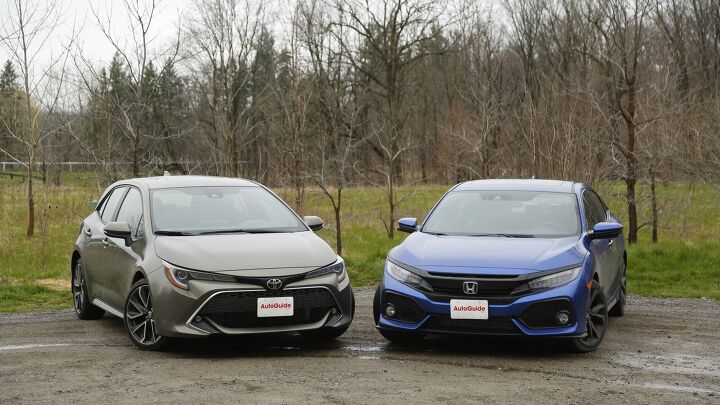
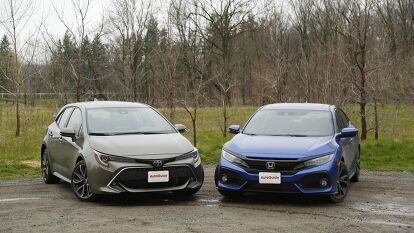






































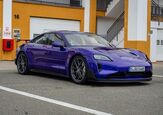










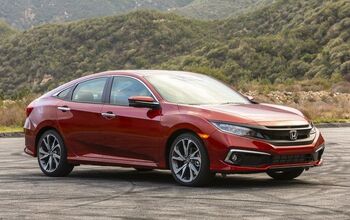
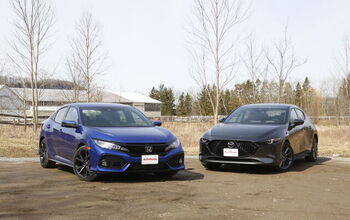


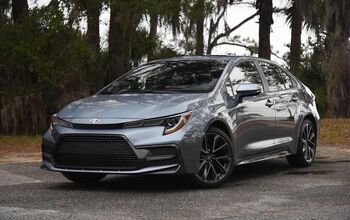






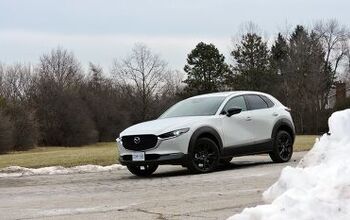

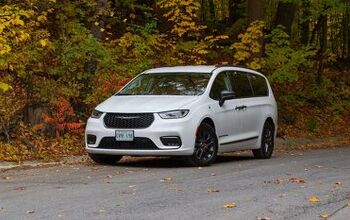
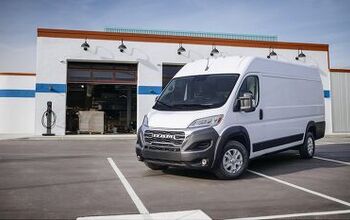
Comments
Join the conversation